The Ultimate Guide to Waterproofing Solutions and Epoxy Floor Coating
Waterproofing and floor coatings are integral to the longevity and durability of both residential and commercial structures. From protecting against moisture to enhancing aesthetics, these solutions ensure your spaces remain functional and visually appealing. Here’s an in-depth guide to understanding how waterproofing solutions and epoxy floor coating work and how they can transform your spaces.
Understanding Waterproofing Solutions
Waterproofing is essential to safeguard structures from water infiltration, which can lead to structural damage, mold growth, and decreased air quality. There are several types of waterproofing solutions, each designed for specific purposes and environments. Here are some common waterproofing methods:
1. Liquid Waterproofing Membranes
Liquid waterproofing membranes are ideal for areas prone to moisture, such as bathrooms, kitchens, and basements. These membranes are applied in liquid form and cure to create a flexible, watertight barrier. Key benefits include:
- Easy Application: These membranes can be applied with a brush, roller, or spray, making them versatile for various surface types.
- Flexibility and Durability: Once cured, liquid membranes form a seamless, flexible barrier that can expand and contract with building materials.
- Protection Against Environmental Factors: These coatings are resistant to UV rays, harsh weather, and chemicals, ensuring long-term waterproofing for exposed surfaces.
2. Cementitious Waterproofing
Cementitious waterproofing is commonly used for its affordability, ease of application, and suitability for indoor and outdoor applications. This solution is ideal for water-retaining structures such as swimming pools and water tanks, as well as basements and foundations. Benefits of cementitious waterproofing include:
- High Resistance to Moisture: When applied correctly, cementitious coatings provide a durable barrier that resists water penetration.
- Adaptability to Various Surfaces: Cementitious waterproofing is effective on concrete, brick, and masonry surfaces.
- Long-Lasting Protection: Cementitious coatings, when maintained properly, offer years of protection against moisture and water damage.
3. Bituminous Coating Waterproofing
Bituminous coatings, also known as asphalt coatings, are popular for waterproofing concrete foundations, roofs, and below-grade structures. This type of waterproofing is known for its excellent adhesion to different substrates, ensuring strong waterproofing performance. Key advantages include:
- Superior Adhesion: Bituminous coatings stick well to concrete and masonry surfaces, providing robust waterproofing.
- Cost-Effective Solution: Compared to other waterproofing options, bituminous coatings are affordable and accessible.
- Good Resistance to Weathering: These coatings are resistant to various environmental factors, making them suitable for outdoor use.
Epoxy Floor Coating: Transforming and Protecting Floors
Epoxy floor coating is a high-performance solution that enhances the aesthetics and durability of floors in commercial, industrial, and residential spaces. Composed of a resin and hardener, epoxy forms a rigid plastic material that bonds exceptionally well to prepared concrete surfaces. Here’s why epoxy floor coatings are so popular and how they can benefit your space:
1. Unmatched Durability
Epoxy coatings are highly resistant to wear and tear, making them ideal for high-traffic areas like warehouses, garages, hospitals, and commercial buildings. The durability of epoxy floor coatings ensures a longer lifespan, reducing the need for frequent maintenance and repairs. Key points include:
- Resistance to Impact and Abrasion: Epoxy withstands heavy loads, including forklifts and vehicles, without chipping or cracking.
- Chemical Resistance: Epoxy coatings are impervious to many chemicals, making them suitable for laboratories, manufacturing facilities, and workshops.
- Long-Lasting: Epoxy-coated floors can last for years with minimal upkeep, providing a cost-effective flooring solution.
2. Aesthetic Appeal and Customization
Epoxy floor coatings are available in a variety of colors and finishes, allowing you to create customized designs that match your space’s aesthetics. Options include metallic epoxy, terrazzo effects, and solid colors. The aesthetic benefits of epoxy floor coatings are numerous:
- Glossy and Professional Finish: Epoxy creates a smooth, reflective surface that adds a touch of professionalism to any space.
- Customizable Designs: Epoxy floors can be customized with colors, patterns, and even logos, making them ideal for branding and personalization.
- Increased Brightness: Epoxy’s reflective properties increase ambient lighting, enhancing visibility and reducing the need for additional lighting in some areas.
3. Safety Enhancements
In addition to durability and aesthetic benefits, epoxy floor coatings also contribute to a safer working environment. This is particularly important in commercial and industrial settings where safety standards are critical. Here’s how epoxy floors improve safety:
- Slip Resistance: Epoxy coatings can be customized with anti-slip additives, reducing the risk of accidents in wet or oily environments.
- Marking and Zoning: Epoxy coatings are available in various colors, making it easy to create designated pathways and zones, helping to manage workflow and safety.
- Increased Visibility: The glossy finish of epoxy floors reflects light, improving visibility and reducing eye strain in poorly lit areas.
How to Choose the Right Waterproofing and Epoxy Coating Solutions
When selecting waterproofing and epoxy solutions, it’s essential to consider several factors, such as the area of application, budget, and desired performance. Here’s a guide on choosing the best solution:
1. Determine the Environment and Usage
Assessing the area and the conditions it will face is crucial in choosing the right solution. For instance, waterproofing should be robust enough to handle exposure to moisture and, in some cases, temperature fluctuations. Similarly, epoxy coatings should match the wear demands of the space.
- Indoor vs. Outdoor: Waterproofing products should be UV-resistant and flexible for outdoor applications. Indoors, where UV exposure is minimal, focus on high moisture resistance.
- Traffic Volume: For epoxy floors, consider the type and volume of traffic. High-traffic areas may need thicker epoxy layers with slip-resistant additives for safety.
- Temperature Variations: If the area experiences extreme temperatures, use materials designed for flexibility and resistance to cracking.
2. Evaluate Budget and Longevity
Waterproofing and epoxy solutions can range significantly in cost, but investing in high-quality materials often saves money in the long term. Consider factors such as maintenance costs and product lifespan to make an informed decision.
- Short-Term vs. Long-Term: Opt for higher-quality materials for longer-term savings, as they often require less maintenance and last longer.
- Initial Investment: While some products have a higher initial cost, they may reduce expenses in repairs and maintenance.
- Application and Labor Costs: Some waterproofing and epoxy solutions require professional application, which may increase labor costs but often ensures optimal performance.
3. Consider Aesthetic Preferences
The aesthetic appeal of your space can play a major role in your choice of waterproofing and epoxy coating solutions. High-traffic commercial areas may benefit from customized epoxy flooring that matches branding, while residential settings may prioritize a finish that complements interior design.
- Color Options: Epoxy coatings are available in a range of colors and textures, from glossy to matte, giving you flexibility to match your desired look.
- Texture and Finish: If aesthetics are a priority, look for products that offer a range of finishes, such as metallic effects, terrazzo looks, and anti-slip options.
- Brand Identity: Businesses looking to reflect their brand identity in their flooring can opt for custom designs with logos or unique color schemes.
Maintaining Your Waterproofing and Epoxy Coating Systems
Proper maintenance is essential for preserving the durability and appearance of waterproofing and epoxy solutions. Here are some tips to ensure your surfaces remain in top condition:
1. Routine Cleaning and Inspection
Regularly clean your epoxy-coated floors with non-abrasive cleaners to maintain their glossy finish. For waterproofed surfaces, periodically check for cracks, blisters, or peeling that may indicate issues with the waterproof barrier.
2. Reapplication as Needed
Some waterproofing materials, especially liquid membranes and bituminous coatings, may require periodic reapplication, depending on environmental factors and usage. Reapply as recommended to maintain optimal waterproofing performance.
3. Address Minor Repairs Promptly
Small cracks or scratches in epoxy coatings or waterproofed areas can grow into more significant issues if left unaddressed. Promptly repair these minor damages to prevent them from compromising the integrity of your surfaces.
Conclusion
Investing in quality waterproofing solutions and epoxy floor coating can vastly enhance the durability, safety, and visual appeal of your spaces. By understanding the various types of waterproofing and epoxy options available and choosing the ones best suited to your needs, you can protect your property from moisture damage and create a long-lasting, professional look. Whether you’re upgrading a commercial facility or enhancing your home, these solutions provide an effective way to safeguard and beautify your environment.

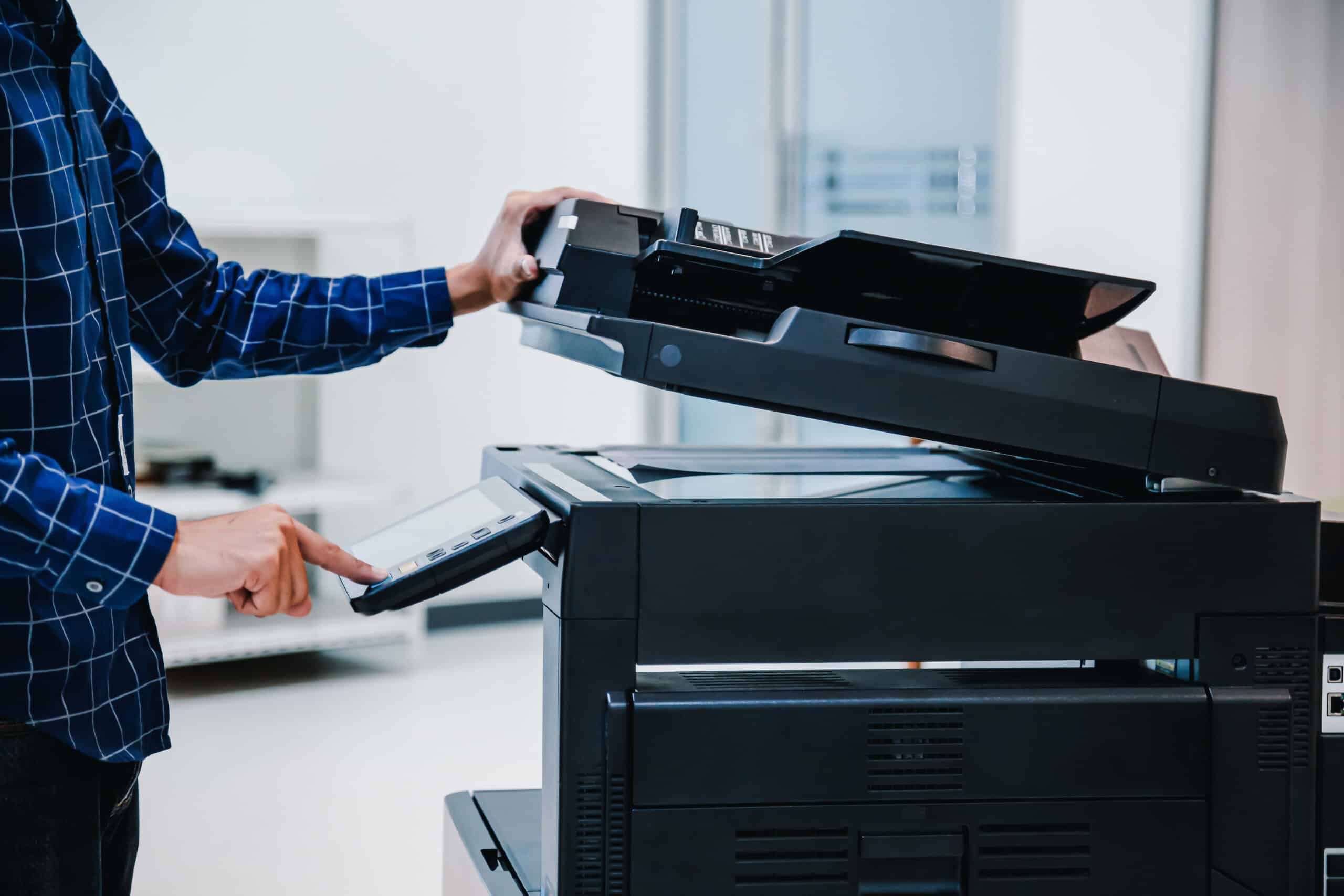



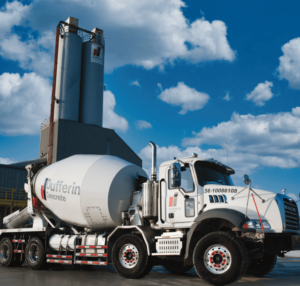

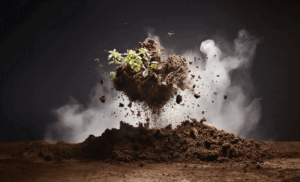
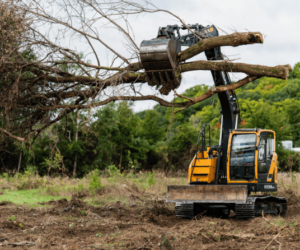
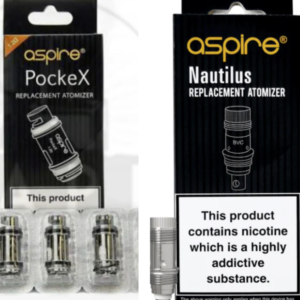




Post Comment